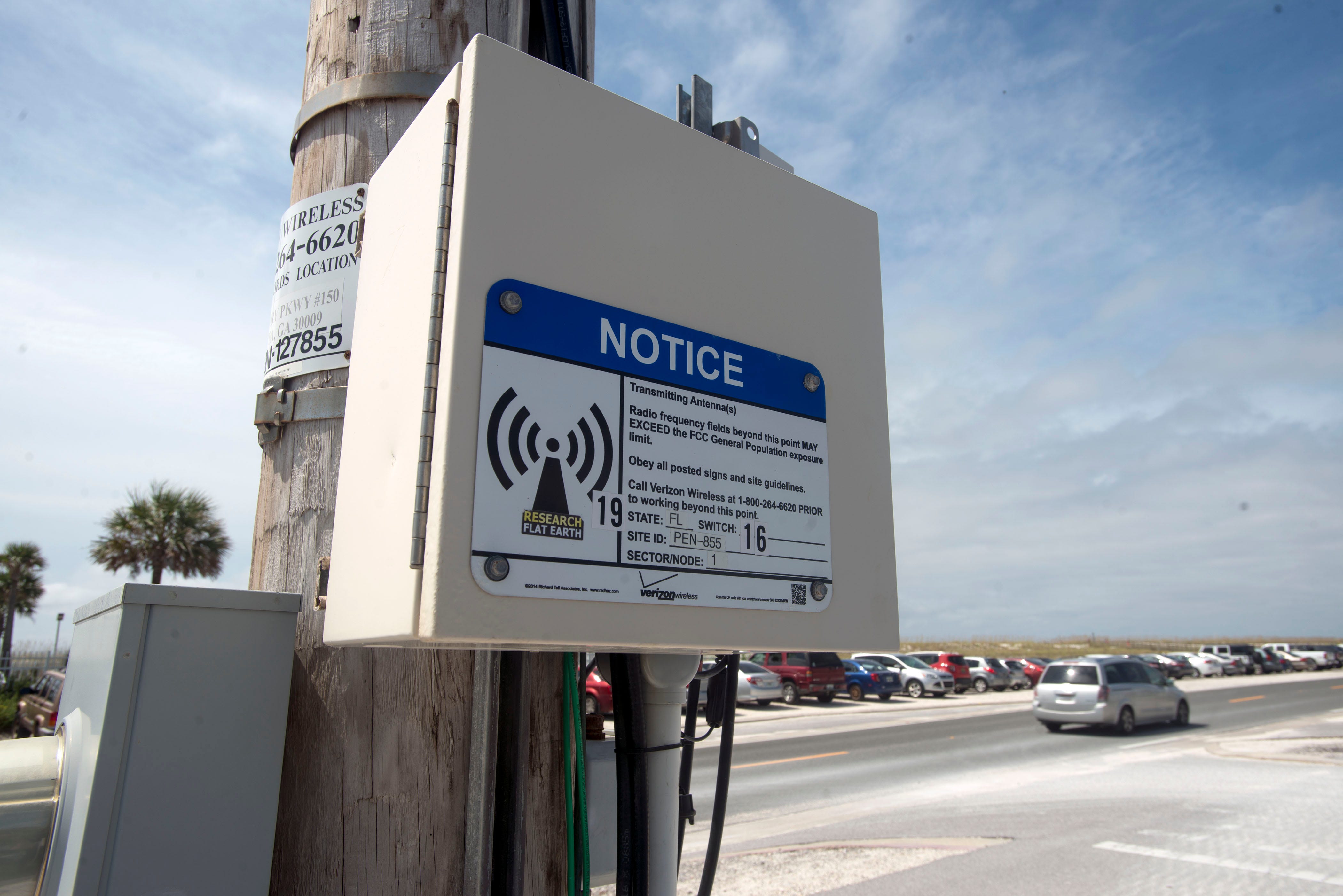If you've ever wandered through a city, you may have seen tiny cell towers for 5G placed on poles for street lighting. They look like little boxes however they're actually sending wireless signals from cell phone providers to your mobile.
These smaller towers are replacing the larger built cell towers. Although they're not as visible however, they could create issues for users.
The Federal Communications Commission's Radiation Exposure Thresholds
The FCC's Radiation Exposure Thresholds establish the maximum amount of time an individual can be exposed to electromagnetic energy generated by wireless devices. The limits for exposure are based on research which show that the energy of RF could cause harm to health.
The absorption rate specific (SAR) is an indicator of the radiofrequency energy that is absorption by tissues. It's typically 1.6 Watts per kilogram calculated over one kilogram of tissue.
Since 5g is able to transmit at higher frequencies this could be able to cause greater energy intensity on the skin and other directly-exposed body areas. This can result in various possible harms, such as an increase in development of skin diseases such as dermatitis, skin cancer and cataracts.
Because of the potentially severe effects of 5g radiation, PSU has chosen to establish a general, localized limits on power density, which is 4mW/cm2 measured across 1 centimeter, and not exceeding 30 minutes for all 5G services running at 3000 GHz. This limit for localization is in line with the peak SAR that is spatially averaged at 1.6 W/kg, which is averaged over 1 5 grams of body tissue, at 6 GHz.
The FCC's Maximum Exposure Thresholds for Maximum Exposure
Have you ever used a mobile phone, then you've probably realized that a safe range from the tower is at least 400 meters. what is safe distance from 5g tower is because the transmitting power of the cell tower is significantly increased the further the tower is.
Although this may sound like an ideal idea however, people who live close to towers might be more prone to health issues. For instance, a study conducted in 2014 in India found that residents living within 50 meters of cell towers experienced much more health problems than those who lived farther distance from them.

This study found that people who moved to areas that were further from cell towers experienced their symptoms improve within a couple of days. Other studies have demonstrated that exposure to extreme frequencies of radiofrequency electromagnetic fields (EMFs) can cause cancer, brain tumors and other health issues.
This is due to the fact that the RF radiation used in wireless communication can penetrate the human body's outer layer, called the skin. This is vital to be aware of because the skin acts as a shield against mechanical injury, infection from pathogenic microorganisms, as well as entry of toxic substances. Additionally, it is the largest organ in the human body, and is responsible for protecting other organs.
The FCC's Minimum Exposure Thresholds
The FCC's Minimum Exposure Thresholds rely on various assumptions that aren't supported by scientific evidence. This includes the false belief that short-term exposures RF radiation is safe due to the limited penetration into the body (i.e. the heating of tissues).
This assumption does not take into account the greater penetration of ELF components of modulated RF signals and the consequences of short bursts of heat caused by RF pulses. what is a safe distance from a 5g cell tower do not correspond with the current understanding of biological effects of RF radiation. Therefore, they should not be considered for health protection exposure guidelines.
In addition, the ICNIRP and FCC restrict the maximum limits of exposure to peak local SARs that are based on the peak spatial specific absorption rate (psSAR) that is an inadequate dosimetric tool to assess the amount of radiation exposure. In particular, psSAR is inaccurate for frequencies above 6 GHz. Additionally, psSAR hasn't been tested for what is safe distance from 5g tower exposed to other environmental agents such as sunlight. Interactions of RF radiations with different environmental agents may cause synergistic or antagonistic effects. This can lead to an increased risk of adverse health consequences. For instance, exposure to RF radiation along with exposure to sunlight can cause an increase in the incidence of developing skin cancer, as well as aggravate other skin disorders, such as acne.
